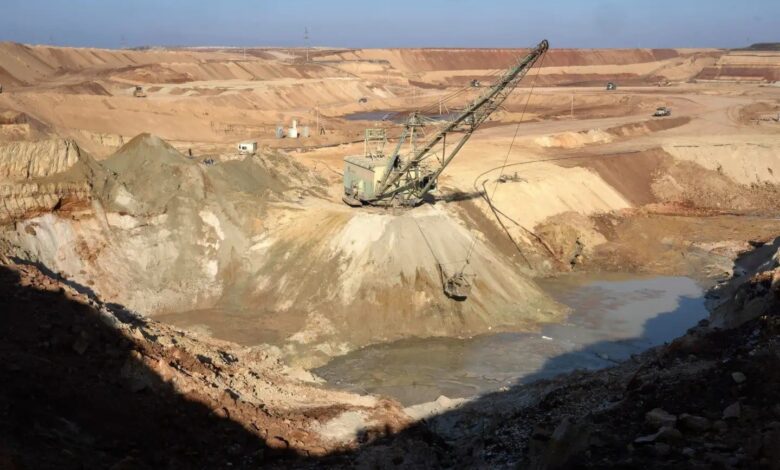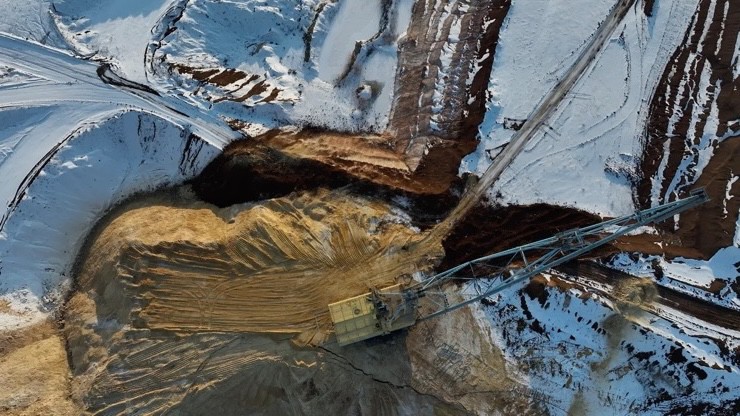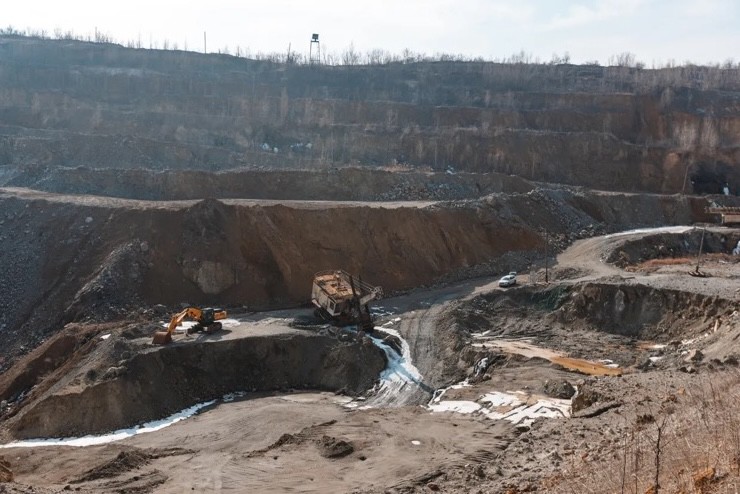Ukraine loses its eastern “white gold” deposit to Russia: How will it affect its mineral deal with the US?

Russian troops have recently taken control of one of Ukraine’s largest lithium mines, located near the village of Shevchenko in the Donetsk region. How does this new development affect the mineral deal that Ukraine signed with the United States a few months ago?

Mining operations at a resource mine in the Donetsk region on February 20, 2025.
Although Ukraine still controls the surrounding areas, the massive lithium deposit lies within Russian-controlled territory, Roman Pohorilyi – founder of the open-source mapping project Deep State Map – told the Kyiv Independent.
DeepState is an organization that specializes in updating the situation of the Russia-Ukraine conflict, affiliated with the Ukrainian Ministry of Defense.
Viktor Trehubov, a representative of Ukraine’s Khortytsia combat group, said fighting was still ongoing around the village of Shevchenko. Ukrainian forces are believed to still control the western part of the village, while Russian forces control the eastern part. The undeveloped lithium mine, which covers 16 hectares, is located less than 2 kilometers east of the village.
Key minerals in US deal
Lithium was listed as a strategic material by the Trump administration in a mineral deal signed with Ukraine on April 30. The goal of the deal is to attract foreign investment in the resource sector, especially in Ukraine’s untapped deposits.
Lithium is also known as “white gold” because of its important role in the production of batteries for electric vehicles and energy storage – key areas in the transition to a green economy. Because of this strategic value, lithium mines are increasingly becoming the target of competition between countries.
The Shevchenko lithium mine falling into Russian hands just two months after the signing of the agreement has raised questions about the impact on cooperation between Kiev and Washington, according to the Kyiv Independent.
According to Serhii Fursa, deputy general director of Dragon Capital, the loss of the “white gold” mine will not significantly affect the deal. “Everyone understands that this mine is in a dangerous area and no one expects it to be a good asset to negotiate,” he told the Kyiv Independent.
Ukraine’s Environment Ministry did not respond to a request for confirmation that Kiev had lost control of the mine. The Economy Ministry also did not comment on the economic impact of the incident. The White House did not respond to a request for comment.
Ukraine has only two large lithium mines left.
The Zavalivskyi graphite mine in the Kirovohrad region of Ukraine, pictured on February 28, 2025. The facility supplies about 10 types of graphite for applications ranging from brake pads to lithium-ion batteries.
Earlier, in the first year of the conflict (2022), the Russian military took control of the Kruta Balka lithium mine in the Zaporizhzhia region. Thus, Ukraine now has only two of its four major lithium mines, both located in the central part of the country.
Among them, the Dobra mine, with an estimated reserve of 80 to 105 million tons of lithium ore, is expected to be opened to private investors soon. This is considered the first project under the mineral agreement with the US.
The Shevchenko mine, meanwhile, is smaller in scale – between 11 and 14 million tonnes of ore, according to European Lithium, which once operated the mine. Although it never started mining, the company gave up access to the mine in 2023 because it was too close to the front line. The Shevchenko mine’s advantage is that it is rich in spodumene, a mineral with a high lithium content and easy to mine.
Ukraine currently holds about a third of the European Union’s lithium reserves and about 3% of global reserves.
Initially, Kiev expected Washington to offer security guarantees as part of the deal. However, after lengthy and tense negotiations that raised concerns about bilateral relations, the security commitment was not included in the final text.





